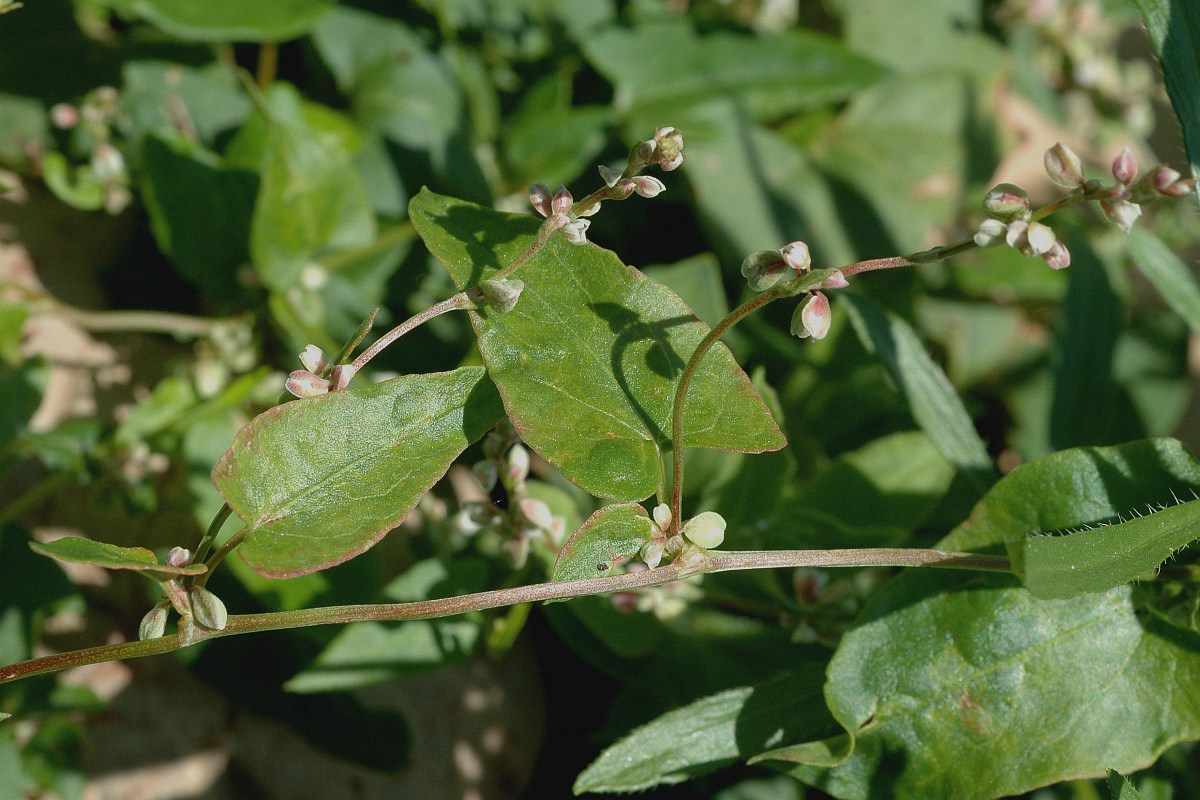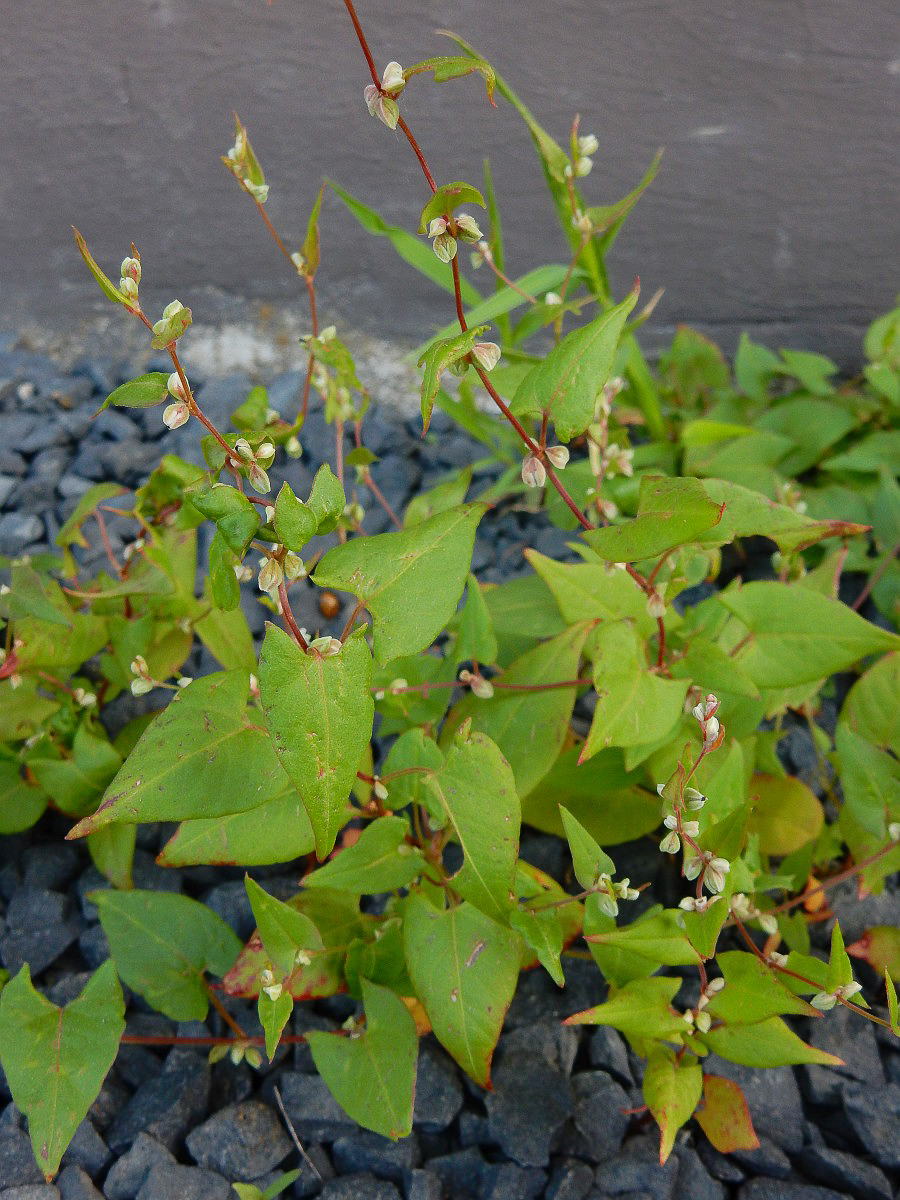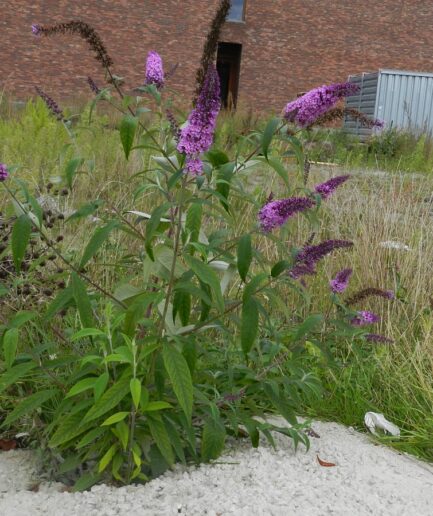Convolvulus knotweed
Scientific name: Fallopia convolvulus (L.) Á.Löve
Family name: Polygonaceae
MORPHOLOGY
Habit and dimensions: Annual herbaceous plant.
Stem: Climbing, striated, and up to 120 centimeters long. Often reddish in color.
Leaves: Alternate and heart-shaped, with a sharp tip and a long petiole.
Flowers: Grouped in loose spikes or axillary clusters, very small.
Fruits and seeds: Granular and blackish diclesium.
DISTRIBUTION AND HABITAT
This plant is native to the Northern Hemisphere, from America to Asia, and is typical of cold and temperate regions. It is found throughout the Italian peninsula up to about 1,200 meters above sea level, is highly drought-resistant, and easily adapts to all types of soil. It tends to infest fallow lands, crops, and ruderal environments.
USE
No known uses.
INTERESTING FACTS
The genus name is dedicated to Gabriele Falloppio, an Italian anatomist. The specific epithet derives from Latin, indicating that the species is climbing.
Photo: Licensed for free use by Saxifraga – Jan van der Straaten and Ed Stikvoort.



















